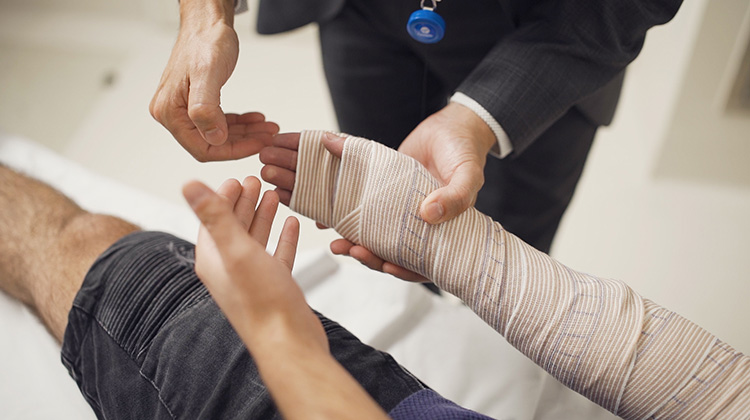Taking the Sting Out of The Holidays

It’s summer and that means getting out into nature and enjoying the country’s beauty, it also means possibly encountering one of Australia’s many bitey and stingy creatures.
Fun fact: you might be aware that even juvenile snakes can give you a nasty bite, but did you know their venom acts in different ways to adults’?
For example, recent research found the venom of brown snakes changes as they get older, small juvenile snake venom affects the nervous system while big adult snake venom affects the blood system, disrupting the ability for blood to clot properly.
Despite relatively few fatalities, there were over 3,000 hospitalisations due to injuries caused by venomous creatures between 2017-2018. Rapid application of correct first aid is extremely important for maximising the chances of a positive outcome in victims of venomous bites or stings.
“Changing climate, sprawling suburbs and rewilding of gardens and nature strips could increase the chance of people coming into contact with venomous creatures in the lead up to summer,” says Dr Timothy Jackson, Toxinologist at the Australian Venom Research Unit, The University of Melbourne.
“In Australia, we have wonderful but potentially life-threatening venomous creatures living on our doorstep,” says Dr Julian White AM, Head of Toxinology at Women's and Children's Hospital.
What To Do If You Get a Bite
Identifying the creature is not more important than treating the victim: Trying to identify or capture the creature may increase the risk of being bitten or stung again. The first actions after a bite or sting should always be calling 000 for emergency medical assistance and applying the correct first aid after a bite or sting.
Visit www.bitesandstings.com.au for up to date First Aid Guidance, and educational materials or download the free Australian Bites & Stings App: First Aid Guide to Australian Venomous Creatures for guidance on the correct application of first aid. Once downloaded, first aid instructions are available for use even in the most remote locations.
Having a first aid kit for venomous creatures nearby and enrolling in a first aid class will make sure you are prepared to respond to a venomous bite or sting.
Practice applying the pressure immobilisation technique (PIT) which slows the movement of venom, a critical first aid response before receiving emergency care. The PIT is recommended after bites from Australian snakes and funnel-web spiders, or stings from a blue ringed octopus or cone snail.
Spread the word, get your family and friends on board! You can even test each other on your knowledge of first aid for venomous bites and stings.
To download the awareness toolkit and educational posters visit the Australian Bites and Stings website.